 You have heard it from teachers: “He doesn’t remember anything I teach him.” or “We have covered the same words in spelling lists, writing, in class, and she doesn’t come back the next day with anything.
You have heard it from teachers: “He doesn’t remember anything I teach him.” or “We have covered the same words in spelling lists, writing, in class, and she doesn’t come back the next day with anything.
Teachers have really great strategies for increasing vocabulary retention for the majority of their students. However, we run into problems when the student:
- has a communication impairment
- has no experience with the words
- speaks a different language at home
This is a HUGE problem for us because many of these kids are arriving on our caseload because they are being over-identified for special education. Our job as speech pathologists is to rule out second-language and socio-economic influence in order to find out if low vocabulary is due to a true disorder. We can accomplish this through dynamic assessment.
We refer to the approach we use as FACT: Function Attribute Category Therapy. Here is how language disorder (read: not learning disability) can be ferreted out.
1) Dynamic Assessment
Ask the child to name 20 objects such as animals or clothes – something appropriate for their age.
Set aside the items that they were able to name and work on the ones they could not name.
2) Teach about the category (clothes/animals)

3) Teach about opposites (how are a horse and snake different/same?)
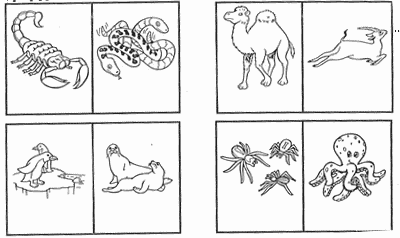
4) Teach about attributes
Think about the last time you were in a conversation where you did not remember the name of something. What did you say?

5) Put the object back in its native environment
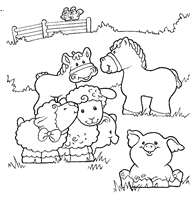
6) Retest the original 20 objects
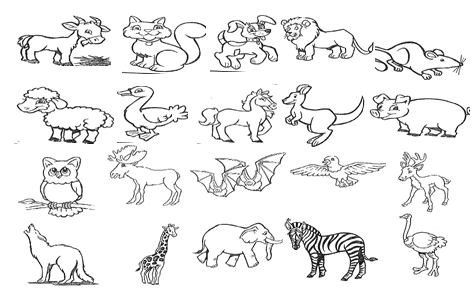
Our knowledge as speech pathologists helps a child increase vocabulary retention.
Note that as speech pathologists we can be more successful if we are not teaching the NAME of the object. OBJECT NAME = VOCABULARY, this is part of the general education initiative. We are teaching a structure that allows a student to retain the 100s of words that he hears each day.
Also see ASHA’s 5 Tips to Maximize Your Vocabulary Instruction
Here is a course we put together to help all of us get up and running with vocabulary.


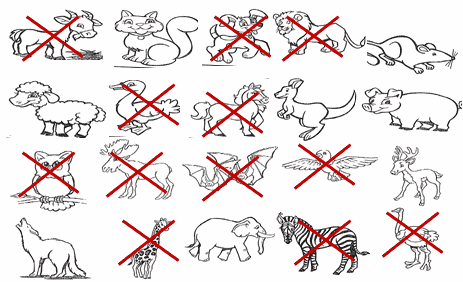

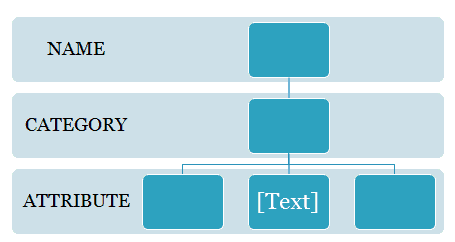


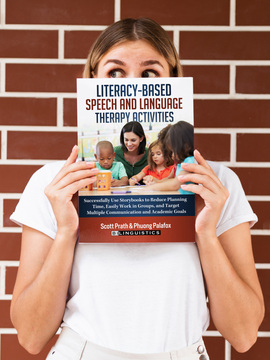
Thank you, simplicity puts a different light on therapy
You are right. Simplicity is the only way to approach vocabulary I believe. Here is a bit more on vocabulary in another post in case you are interested. Improve Vocabulary Retention